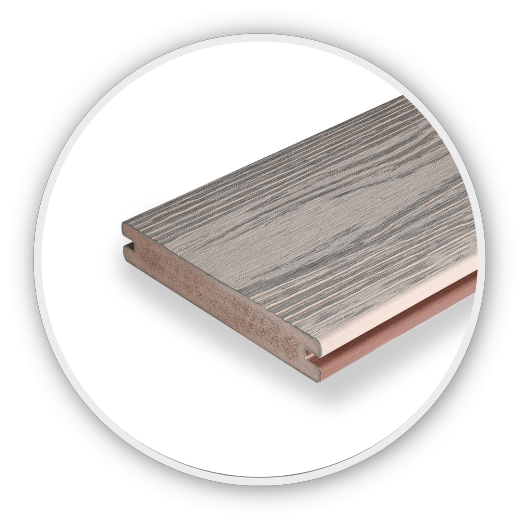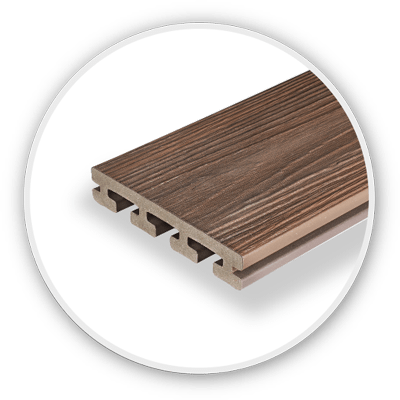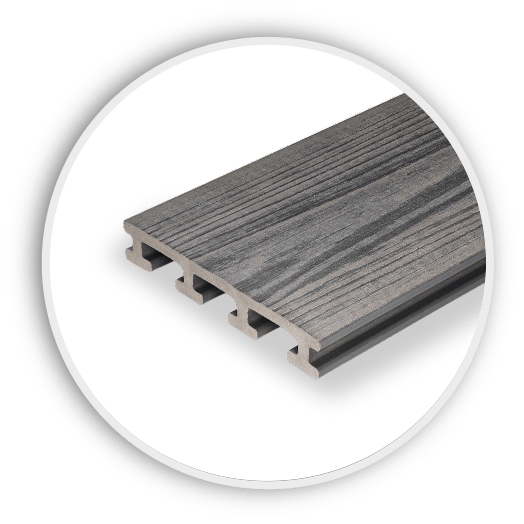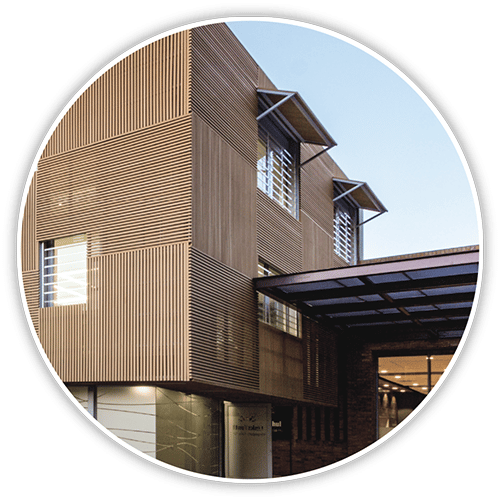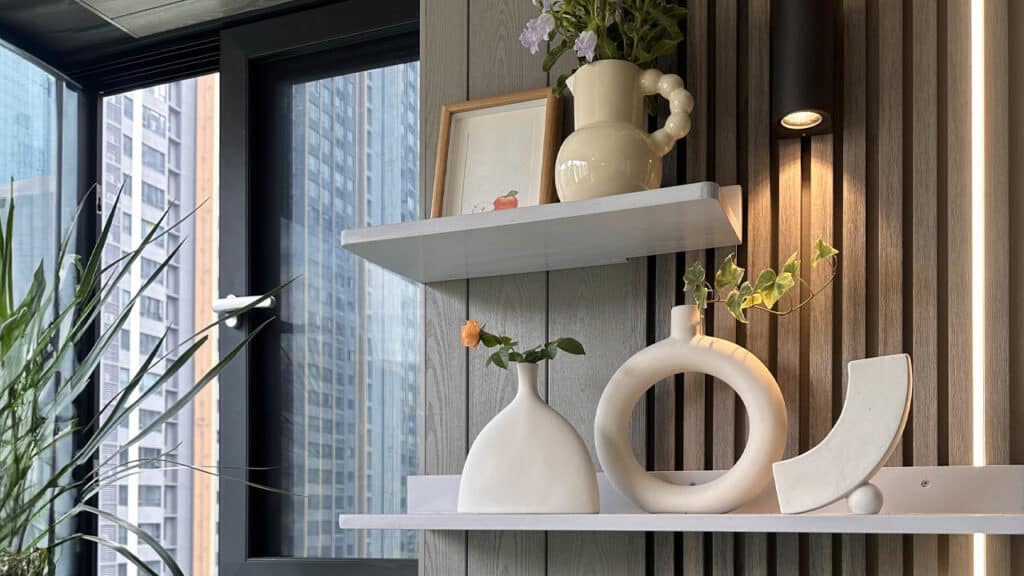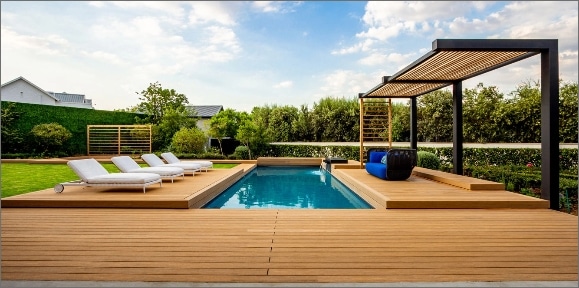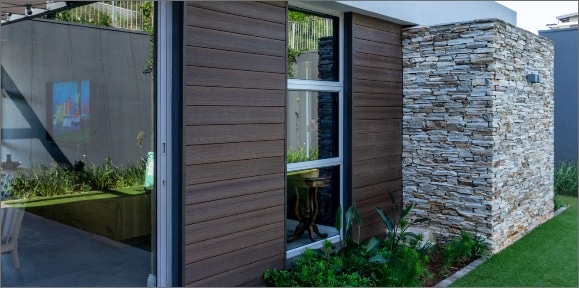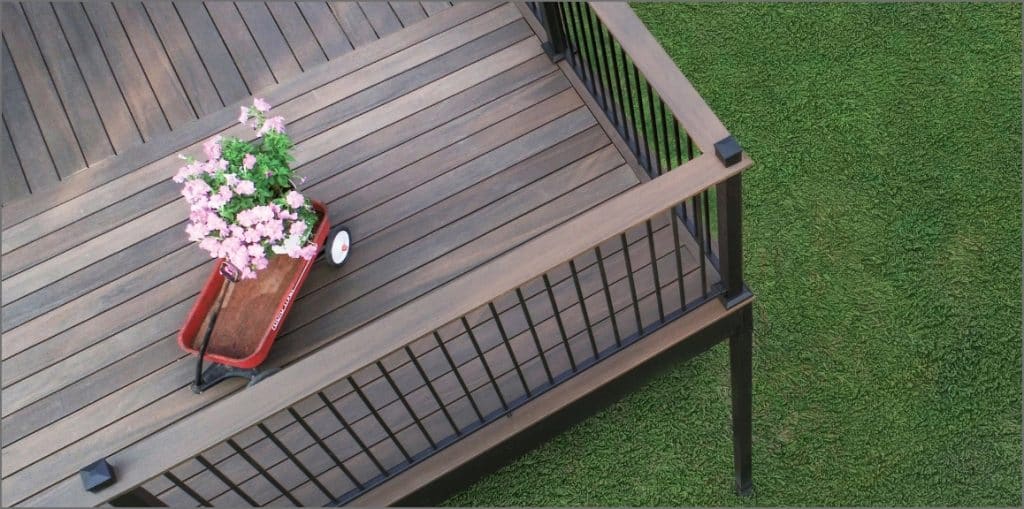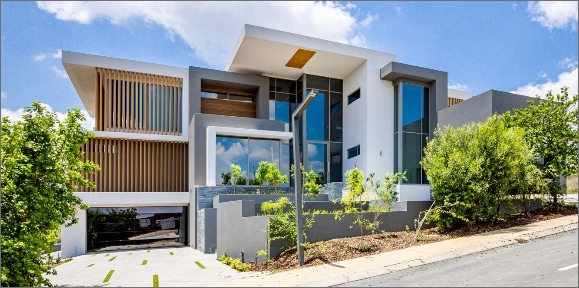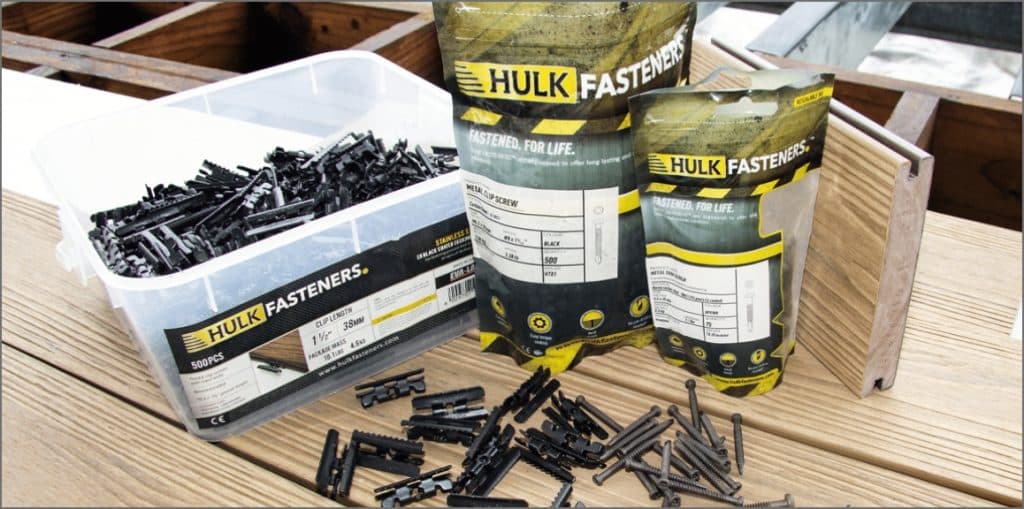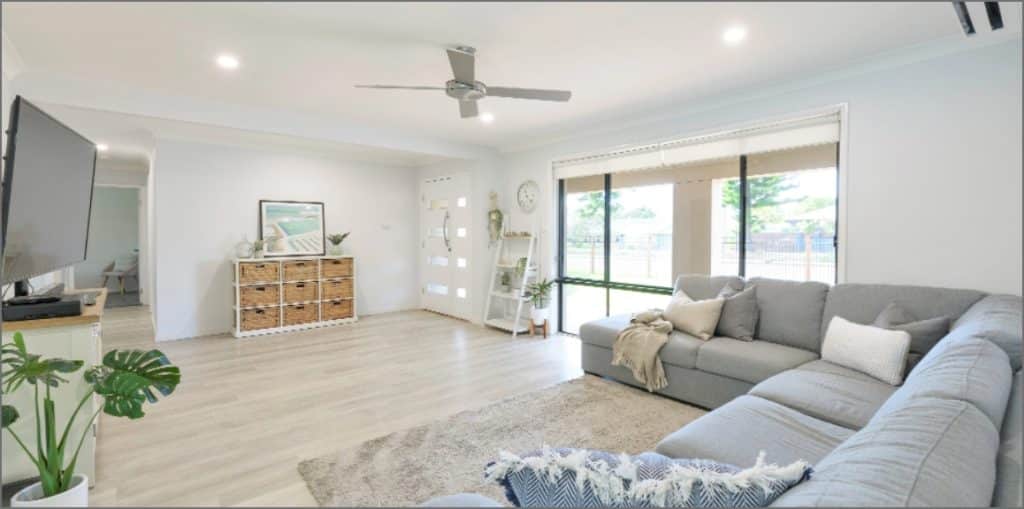Fashions and fads come and go, but buildings and architecture leave a legacy. Architecture both reflects and shapes the society it serves.
As a discipline, it provides a functional framework for fashionable structures that convey contemporary building trends and materials. As an art, architecture speaks to the prevailing preferences, problems and cultural norms and values of society at the time.
Nowadays, the most pressing problem of today’s society – the need to address climate change and protect the natural environment – has become the dominant factor driving decisions in the art and science of modern architecture and building.
This mega-trend is dictating choices in structural design, material manufacturing and building performance through 2024 and beyond.
Eva-Last, leaders in advanced composite building materials, unpacks how this legacy will impact current building trends and architecture:
Green Building & Sustainability as a Mega-Trend
Without a doubt, green building and sustainability is the dominant force influencing international urban development.
Green building is now the most prevalent movement happening in the built environment. The entire construction industry is looking to service an increasingly urbanised population, while reducing its enormous environmental impact. And never has the call for sustainable development been more urgent!
Statistics show that the construction sector contributes a whopping 7-8% towards global carbon emissions. And as government policies and building regulations force compliance to achieve ambitious carbon reduction targets, every segment of the construction sector –
from materials manufacturers, design professionals to developers, property owners and project managers – are seeking ways to enhance their built environment without harming the natural one.
Progressive architects, designers and builders are favouring more sustainable green building designs over previously popular styles or traditional building materials.
Savvy building materials manufacturers, such as Eva-Last, are engineering new resource-efficient, eco-friendly and enhanced building components that can contribute towards a net zero carbon site, while energy-efficiency ratings and certifications such as LEED (Leadership in Energy and Environmental Design) are set to become the norm.
Energy-efficiency
The need to reduce our reliance on fossil fuels to power our everyday activities (and reduce pollution that causes climate change) has seen an emphasis on energy-efficiency and passive design principles across structures, and our appliances.
This encompasses everything that affects the energy required for lighting, heating and cooling, ventilation and indoor air quality.
Careful consideration of the aspect or orientation of the building on site and its natural environment improves its performance parameters around energy-efficiency, facilitating heating and cooling using natural light and airflow. This in turn, reduces the need for insulation, ventilation, shading or added lighting.
In addition, the use of materials with natural thermal regulation properties such as bamboo which outperforms concrete, or steel, further improves the energy-efficiency of the build. Materials like Eva-Last’s VistaClad cladding profiles provide both an insulation barrier but also allow for building ventilation through design, simply by cladding the building’s façade, while decorative shading or protection from glaring sunlight can be achieved using Lifespan’s lightweight architectural beams for pergolas or screening to further enhance energy-efficiency.
Eco-friendly materials
Responsibly sourced renewable and eco-friendly building materials are being specified with their carbon footprint in mind.
Modern buildings are incorporating a variety of sustainable features, from solar systems and rainwater harvesting to low-flow taps and drought-resistant landscaping. Energy-efficient lighting and advanced products that conserve natural resources are also becoming standard.
Additionally, resource-efficient and easily replenishable raw materials are replacing limited natural resources like wood, with advanced composite products leading the way.
Eva-Last’s beautiful bamboo composites combine fast-growing bamboo with recycled plastic. Their range of composite decking, cladding, balusters and beams look like timber without contributing to deforestation. In addition, their recycled plastic content introduces superior wear characteristics and durability while simultaneously eliminating the mountains of plastic waste polluting our oceans and landfills.
Biophilic Design
This integrates nature into architecture to enhance wellbeing and sustainability. By incorporating natural elements such as greenery and natural light, biophilic design fosters a sense of calm and connection to the environment that improves productivity and health. It’s evident in our preference for natural tones, textures and organic materials such as wood or stone, as well as our penchant for patterns of plantscapes and flora and the inclusion of landscaping and water features in our surroundings.
Eva-Last’s latest composite decking range Pioneer connects people to plants by recreating the natural tones and textures of endangered wood species using photorealistic digital print technology. The embossed, patterned surface texture provides the most natural-looking finish in composite products yet.
Lightweight materials
Buildings are going up and getting taller due to limited space. This has spurred demand for new strong, durable but lightweight materials other than steel or concrete.
Eva-Last consistently introduces enhanced performance properties into their building products – the hollow aluminium core of Lifespan’s lightweight architectural beams, or the glass-fibre reinforced (GFR) core of Pioneer and Apex Plus decking, allowing for increased spans, are examples of ingenious innovations specifically developed for these types of applications.
Remodel or Renew
High interest rates, labour costs and excessive material requirements, coupled with limited space and urban decay is driving the need to remodel or renew rather than build from scratch. Existing buildings such as abandoned factories, vacant offices or old outdoor structures are being given a facelift with attractive cladding, outdoor decks and patios and shady pergolas or rooftop lounges. These existing spaces are being repurposed into stylish accessory-dwelling units (ADU’s) suitable for guesthouses, multi-generational living (such as garden flats) or extended living areas.
Conclusion
Since architecture and building leave a legacy for future generations, be sure to select a product that is built to last.
Eva-Last’s extensive range of bamboo composite products are specifically designed to enhance the environment while minimising any negative impacts. Engineered to outperform traditional building materials, the collection boasts attractive low maintenance benefits combined with sterling sustainability credentials.


